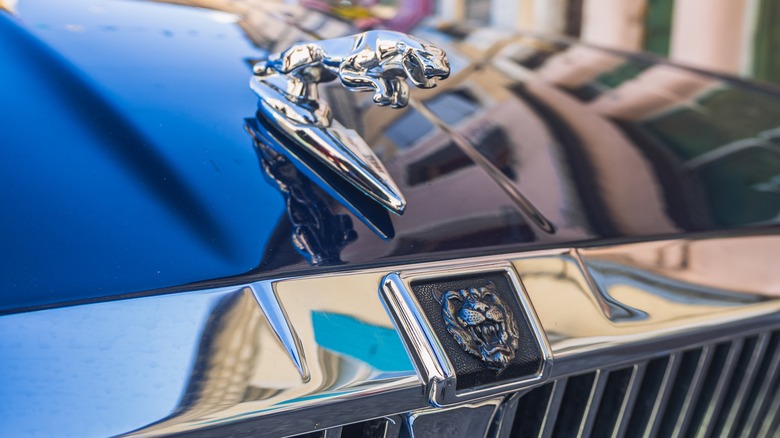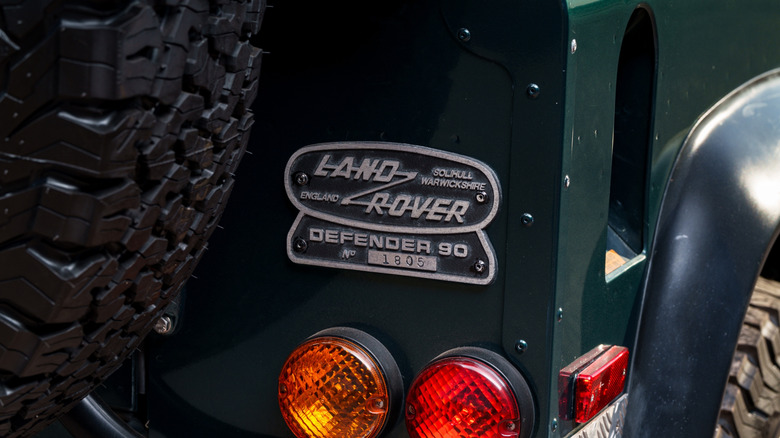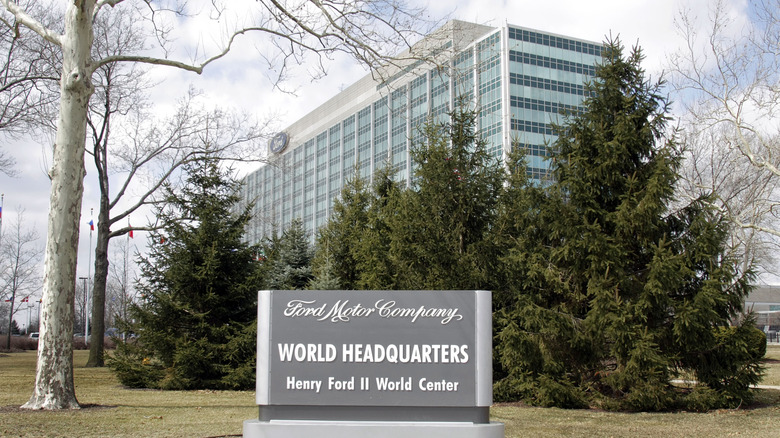Why Did Ford Sell Off Its Jaguar & Land Rover Brands?
It's one year into the Global Financial Crisis, and Ford has maxed out its credit cards after buying not one, but five luxury car brands, and it's been bleeding money ever since. Meanwhile, the top end of town is taking such a beating from the GFC that in Dubai, dozens of Ferraris, Lamborghinis, Jags, and Bentleys are being abandoned as their owners flee the catastrophic effects of a collapsing economy.
It was against this backdrop — a harsh economic climate, an evaporating luxury car market, and its own yearly loss of $14.5 billion — that Ford decided to sell its ownership of Jaguar and Land Rover. Tata Motors — the automotive arm of a multi-billion-dollar industrial conglomerate in India — picked up the two British marques on 26 March, 2008, under the newly minted 'Jaguar Land Rover' tag — at a fire-sale price of $2.3 billion.
Ford had announced its acquisition of Jaguar amid some fanfare back in 1989, saving the legendary leaping cat from almost certain extinction, then followed suit by purchasing Land Rover from BMW in 2000 for $2.7 billion. So where did it all go wrong? Early fortunes looked good, with Jaguar's racing team taking checkered flags at Daytona and Le Mans in 1990, and a brand-new XJ Series launching at the Paris Motor Show in 1994. By the following year, XJ sales had hit a five year high. But despite its glamour, the Blue Oval never made a profit from Jaguar.
Luxury car ambitions drive Ford into the red
The end began in 1998, when Ford formed its Premier Automotive Group, supersizing its U.S. offerings with luxury side orders of car brands you probably didn't even realize Ford owned, including Volvo and the 007 favorite, Aston Martin. Ford wanted in on the high profits generated by the luxury car market, but rather than investing in building its own high-end vehicles — as Toyota did successfully with its Lexus — Ford opted to enter the market by opening its checkbook.
Ford's expansionist vision was grand, with its PAG headquarters housing whole floors dedicated to specific premier brands alongside its 90,000-square-foot product development center. After its initial purchase of Jaguar, Ford spent another $700 million to keep the company afloat, and continued gambling big throughout the 1990s, pushing its chips into its Coventry plant and the X-type — but struggled to recoup its investment. By 2004, the writing was on the wall, with the motorco cutting production at its Jaguar plants while trying to improve its Land Rover product. That same year it kicked its Jaguar F1 team to the curb, selling out to Red Bull.
By this stage, Ford had poured an estimated $17 billion into its luxury car ambitions, with a stream of investment needed to keep the desirable models coming. In 2006, Ford appointed a new CEO, Allan Mullaly, who began to part out PAG. When the GFC hit the following year, Ford needed liquidity to keep churning out its bread-and-butter product in factories back home.
Forced to cut and run
Despite rumors to the contrary, the reason Ford sold Jaguar Land Rover was not because the British legacy did not align with Ford's core values. It sold Jaguar Land Rover for one reason: money. As Ernst & Young's automotive expert Eric Wallbank told the BBC at the time, "The deal will give Ford the cash to revive its fortunes in the US and focus on its core brand."
Although Land Rover remained profitable, Ford never made a dime out of its investment in Jaguar. It recouped about half what it paid for the British brands, with analysts concluding the takeover had been a big mistake. "How can you call it anything else?" Erich Merkle, an auto expert for U.S. consulting company IRN, told the BBC. "You have to cut your losses at some point. It's been draining them of cash and resources." Ford was forced to sell, according to the British broadcaster, because its U.S. car plants were operating at a loss.
Ford's losses with Jaguar Land Rover did not end there: it also agreed to contribute up to $600 million towards pension plans for its workers. As Ford licked its wounds, Tata took Jaguar Land Rover and ran with it, taking the radical decision in 2024 to dump nostalgia-powered Jags altogether, and go all electric. Tata has burned a few bridges in reinventing the brand, but as opinions on its brash new Jag begin to change, its gamble may yet pay off.


